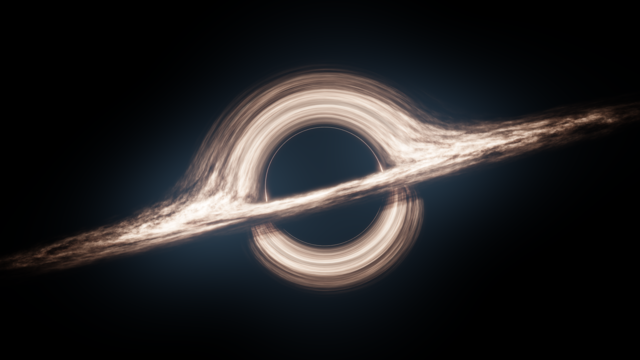In the late summer of 1939, as Europe convulsed into war, two American physicists quietly published a paper that reshaped our understanding of the cosmos. On September 1—the very day German forces stormed into Poland—J. Robert Oppenheimer and his graduate student Hartland Snyder unveiled what came to be known as the Oppenheimer–Snyder model, the first rigorous demonstration in modern physics of how a star might collapse into what we now call a black hole.
Oppenheimer was by then a rising figure in American theoretical physics, already a professor at Berkeley with a reputation for brilliance and restless intensity. Snyder, still a doctoral student, brought the energy of youth to the collaboration. The problem they tackled was as old as Newton: what becomes of a star once its nuclear fuel is exhausted? Astronomers had long speculated about “collapsed stars,” but until Einstein’s general theory of relativity, there was no mathematical framework to describe such an end state with precision.
The 1939 paper, published in Physical Review under the title On Continued Gravitational Contraction, applied Einstein’s equations to a simple but radical scenario: a massive star burning through its fuel, no longer able to resist the pull of its own gravity. In their model, nothing could arrest the collapse once critical density was reached. The equations showed an inexorable implosion. As the star shrank, its light became increasingly red-shifted, escaping only with difficulty. To an outside observer, time appeared to slow at the collapsing surface, freezing the star at the brink. From the inside, however, the collapse would continue unabated, ending in a singularity—a region where density and curvature become infinite.
Though the word “black hole” would not be coined until the 1960s by John Archibald Wheeler, Oppenheimer and Snyder’s work effectively predicted their existence. What made their contribution decisive was not speculation but mathematical proof. Using the tools of general relativity, they demonstrated that, under realistic conditions, massive stars could not stabilize as white dwarfs or neutron stars—two alternatives already proposed—but would collapse entirely, creating regions from which not even light could escape.
At the time, however, the paper attracted little attention. The world’s headlines on September 1, 1939, were dominated by Hitler’s invasion of Poland and Britain and France’s preparations for war. Even within physics, most attention shifted within weeks to nuclear fission and the dawning possibility of atomic weapons. Oppenheimer himself, within four years, would become director of the Manhattan Project’s Los Alamos Laboratory, forever linked in the public imagination with the creation of the atomic bomb rather than the prediction of cosmic abysses.
Yet the Oppenheimer–Snyder model endured. It became the cornerstone of relativistic astrophysics, later refined with the discovery of pulsars in the 1960s and the confirmation of black holes as real astrophysical objects. Today, the collapsing-star model they sketched remains the canonical description of how stellar-mass black holes form, even if modern astrophysics adds layers of complexity with rotation, magnetic fields, and accretion disks.






